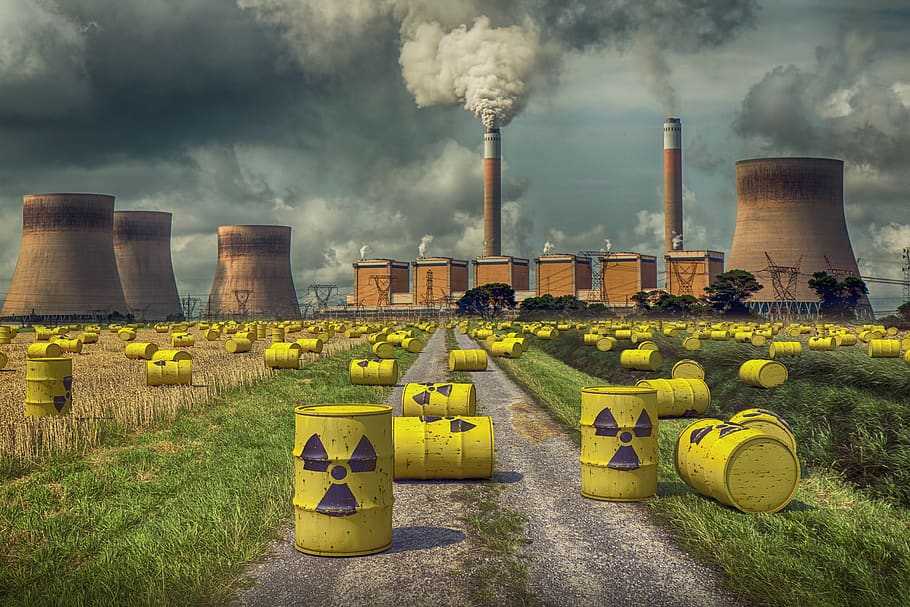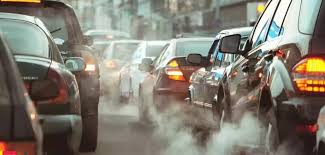
Air pollution refers to the introduction of harmful and undesirable substances into the Earth's atmosphere, resulting in the alteration of its natural composition. These pollutants can include gases, particulate matter, biological molecules, and other harmful materials, often emitted from human activities such as industrial processes, transportation, and the burning of fossil fuels. Air pollution poses significant environmental and health risks, contributing to climate change, damaging ecosystems, and negatively impacting human respiratory and cardiovascular systems. Monitoring and mitigating air pollution are crucial for preserving air quality, protecting public health, and addressing broader environmental concerns.







